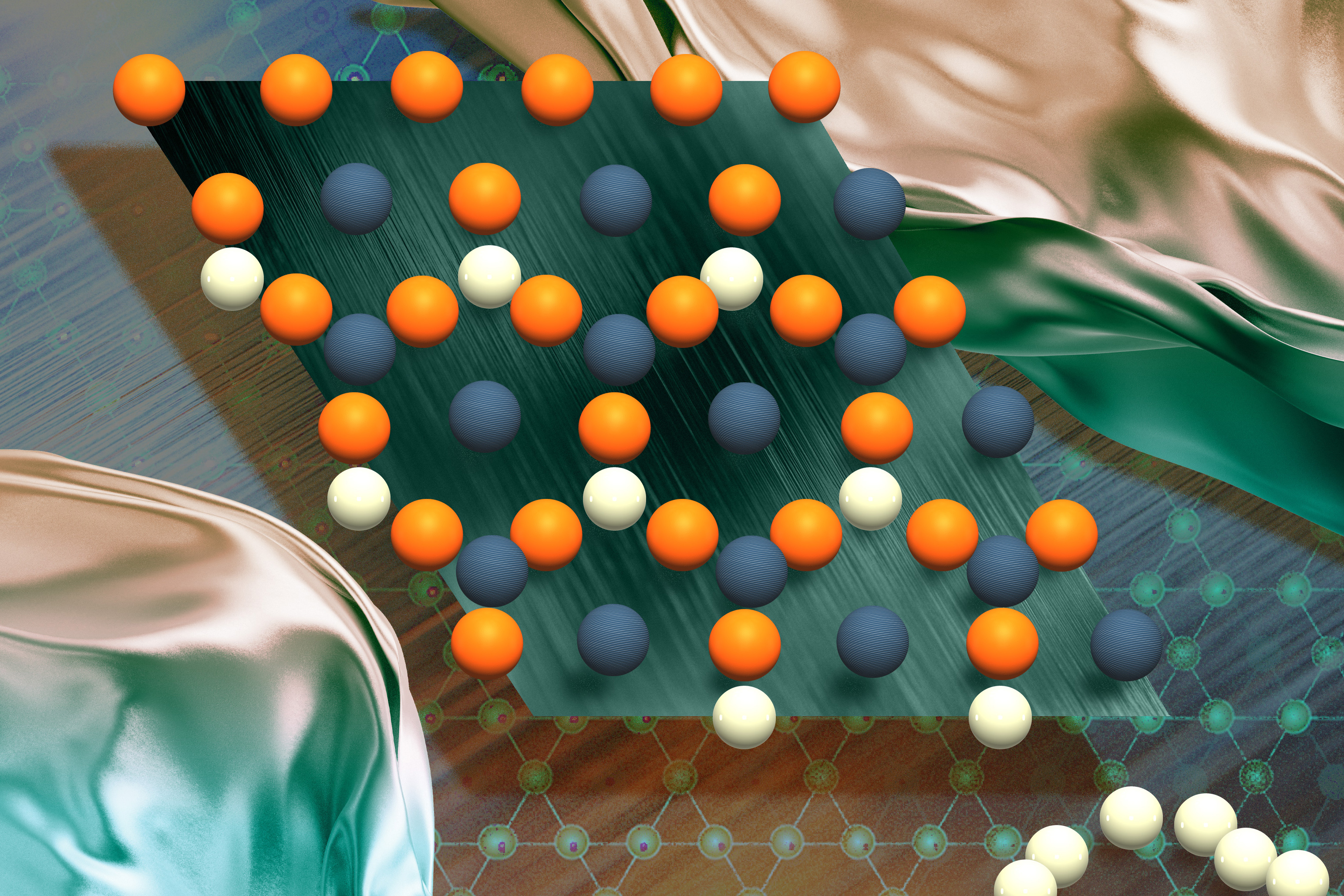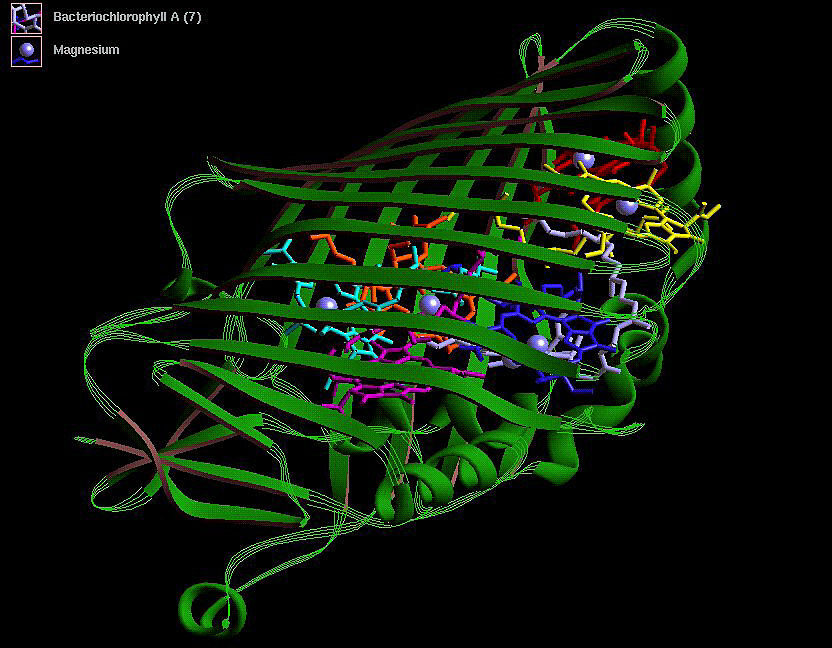Introduction to Quantum Materials
The artificial intelligence models that turn text into images are also useful for generating new materials. Over the last few years, generative materials models from companies like Google, Microsoft, and Meta have drawn on their training data to help researchers design tens of millions of new materials. However, when it comes to designing materials with exotic quantum properties like superconductivity or unique magnetic states, those models struggle.
The Challenge of Quantum Materials
That’s too bad, because humans could use the help. For example, after a decade of research into a class of materials that could revolutionize quantum computing, called quantum spin liquids, only a dozen material candidates have been identified. The bottleneck means there are fewer materials to serve as the basis for technological breakthroughs.
A New Approach to Quantum Materials
Now, MIT researchers have developed a technique that lets popular generative materials models create promising quantum materials by following specific design rules. The rules, or constraints, steer models to create materials with unique structures that give rise to quantum properties. “The models from these large companies generate materials optimized for stability,” says Mingda Li, MIT’s Class of 1947 Career Development Professor. “Our perspective is that’s not usually how materials science advances. We don’t need 10 million new materials to change the world. We just need one really good material.”
How the Approach Works
The approach is described today in a paper published by Nature Materials. The researchers applied their technique to generate millions of candidate materials consisting of geometric lattice structures associated with quantum properties. From that pool, they synthesized two actual materials with exotic magnetic traits. “People in the quantum community really care about these geometric constraints, like the Kagome lattices that are two overlapping, upside-down triangles. We created materials with Kagome lattices because those materials can mimic the behavior of rare earth elements, so they are of high technical importance.”
Steering Models Toward Impact
A material’s properties are determined by its structure, and quantum materials are no different. Certain atomic structures are more likely to give rise to exotic quantum properties than others. For instance, square lattices can serve as a platform for high-temperature superconductors, while other shapes known as Kagome and Lieb lattices can support the creation of materials that could be useful for quantum computing. To help a popular class of generative models known as diffusion models produce materials that conform to particular geometric patterns, the researchers created SCIGEN (short for Structural Constraint Integration in GENerative model).
SCIGEN: A New Tool for Quantum Materials
SCIGEN is a computer code that ensures diffusion models adhere to user-defined constraints at each iterative generation step. With SCIGEN, users can give any generative AI diffusion model geometric structural rules to follow as it generates materials. AI diffusion models work by sampling from their training dataset to generate structures that reflect the distribution of structures found in the dataset. SCIGEN blocks generations that don’t align with the structural rules.
Accelerating Material Breakthroughs
Quantum spin liquids could unlock quantum computing by enabling stable, error-resistant qubits that serve as the basis of quantum operations. But no quantum spin liquid materials have been confirmed. Xie and Cava believe SCIGEN could accelerate the search for these materials. “There’s a big search for quantum computer materials and topological superconductors, and these are all related to the geometric patterns of materials,” Xie says. “But experimental progress has been very, very slow,” Cava adds.
Conclusion
The researchers stress that experimentation is still critical to assess whether AI-generated materials can be synthesized and how their actual properties compare with model predictions. Future work on SCIGEN could incorporate additional design rules into generative models, including chemical and functional constraints. With SCIGEN, the possibilities for discovering new quantum materials are endless, and it could be a game-changer for the field of materials science.
FAQs
Q: What is SCIGEN?
A: SCIGEN is a computer code that ensures diffusion models adhere to user-defined constraints at each iterative generation step.
Q: What are quantum materials?
A: Quantum materials are materials with exotic quantum properties like superconductivity or unique magnetic states.
Q: How does SCIGEN work?
A: SCIGEN works by blocking generations that don’t align with the structural rules, ensuring that the diffusion models produce materials that conform to particular geometric patterns.
Q: What are the potential applications of quantum materials?
A: Quantum materials have the potential to revolutionize quantum computing, enable stable, error-resistant qubits, and unlock new technologies.
Q: How can SCIGEN accelerate material breakthroughs?
A: SCIGEN can accelerate material breakthroughs by generating millions of candidate materials with unique structures that give rise to quantum properties, allowing researchers to synthesize and test new materials quickly and efficiently.











